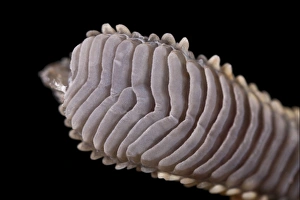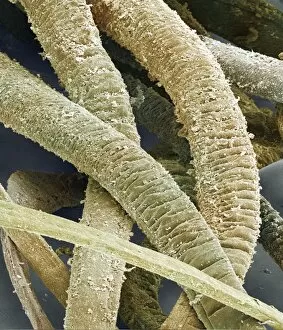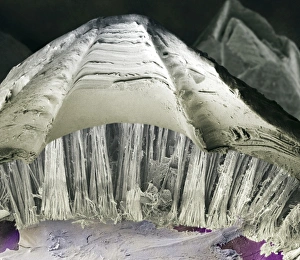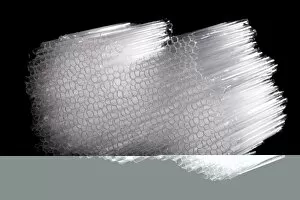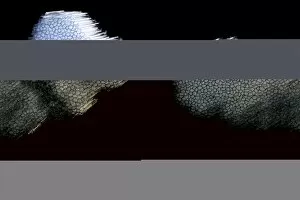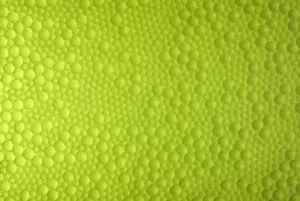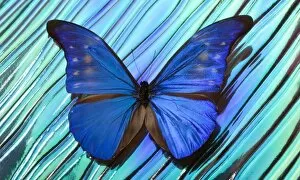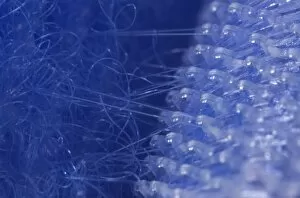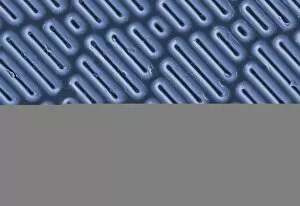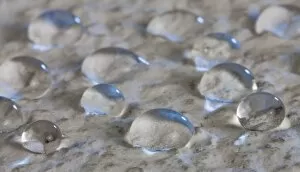Biomimicry Collection
"Biomimicry: Nature's Ingenious Designs Unveiled" Nature has always been a source of inspiration for human innovation, and biomimicry is no exception
All Professionally Made to Order for Quick Shipping
"Biomimicry: Nature's Ingenious Designs Unveiled" Nature has always been a source of inspiration for human innovation, and biomimicry is no exception. From the breathtaking Giant Loebelia in the Bale Mountains of Ethiopia to the intricate details captured in Picture No. 10895932, we delve into the world and its fascinating wonders. One remarkable example lies within mussel glue threads, as seen through a scanning electron microscope (SEM). These tiny creatures have perfected an adhesive that scientists are now studying to create stronger and more durable glues for various applications. Similarly, barnacles possess their own unique glue that allows them to firmly attach themselves to surfaces underwater. By examining this adhesive under SEM, researchers hope to develop new adhesives capable of withstanding extreme conditions. Venturing into Borneo, we encounter bush crickets - intriguing insects with extraordinary camouflage abilities. Their ability to blend seamlessly into their surroundings sparks curiosity among scientists seeking innovative ways to design adaptive materials for military or architectural purposes. Imitation honeycomb structures also captivate our attention as they mimic nature's efficiency at its finest. The detailed images reveal honeycomb fillings and patterns that inspire engineers striving for lightweight yet robust designs in industries ranging from aerospace engineering to construction. Moreover, imitation skin takes center stage as it imitates nature's complex textures and flexibility. This breakthrough could revolutionize prosthetics by providing amputees with artificial limbs that closely resemble real skin both aesthetically and functionally. Biomimicry invites us on a journey where science meets artistry; where nature becomes our teacher and guide. As we unravel these hidden marvels found within organisms like the Giant Loebelia or explore microscopic worlds through SEM imagery, we gain insights into how nature has already solved countless challenges throughout evolution. In embracing biomimicry, humanity taps into an endless reservoir of knowledge waiting patiently within Earth's ecosystems.

